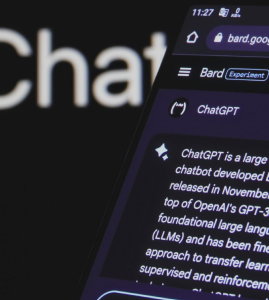The @ symbol has been added to the prestigious collection of New York’s Museum of Modern Art, the organization announced today. Unlike some other ephemera, the Museum didn’t pay a penny for the symbol, nor will it claim exclusive rights to its use.

“It might be the only truly free–albeit not the only priceless–object in our collection,” Paola Antonelli, Senior Curator, Department of Architecture and Design, wrote this morning. Why add such an artifact to the collection? Antonelli’s explanation is quite artful itself. For social web users, though, the meaning of the symbol is more contentious than the Museum has acknowledged. Isn’t good art generally the subject of controversy?
Says MoMA:
“The appropriation and reuse of a pre-existing, even ancient symbol–a symbol already available on the keyboard yet vastly underutilized, a ligature meant to resolve a functional issue (excessively long and convoluted programming language) brought on by a revolutionary technological innovation (the Internet)–is by all means an act of design of extraordinary elegance and economy.”
Discussion of the @ symbol around the web today has focused on its widespread use in email addresses, but how do you use it most often each day? If you’re like us, your use of the symbol on Twitter and Facebook is becoming increasingly common.
That might seem a minor matter, but in fact the changing use of the @ could be a symbol itself for a larger battle over identity on the internet. Twitter and especially Facebook are jostling to become the primary providers of our identities online. When we address each other as @myfriend – these days that’s an in-network message that assumes we all use the same identity host. That’s very different from [email protected].
It’s about monopoly, competition, innovation, control, freedom and interoperability. @ may be a work of art, but it’s also an important point of contention for the future.
See also:Email as Identity: Google Turns on Webfinger and Not Everyone Is Exited About Facebook Vanity URLs

















